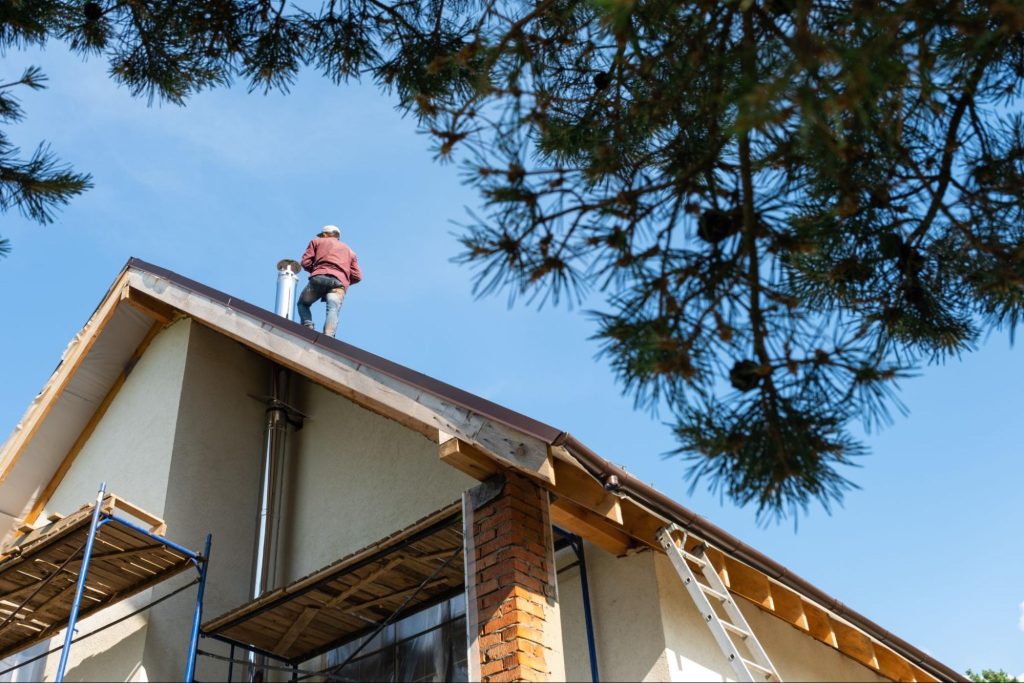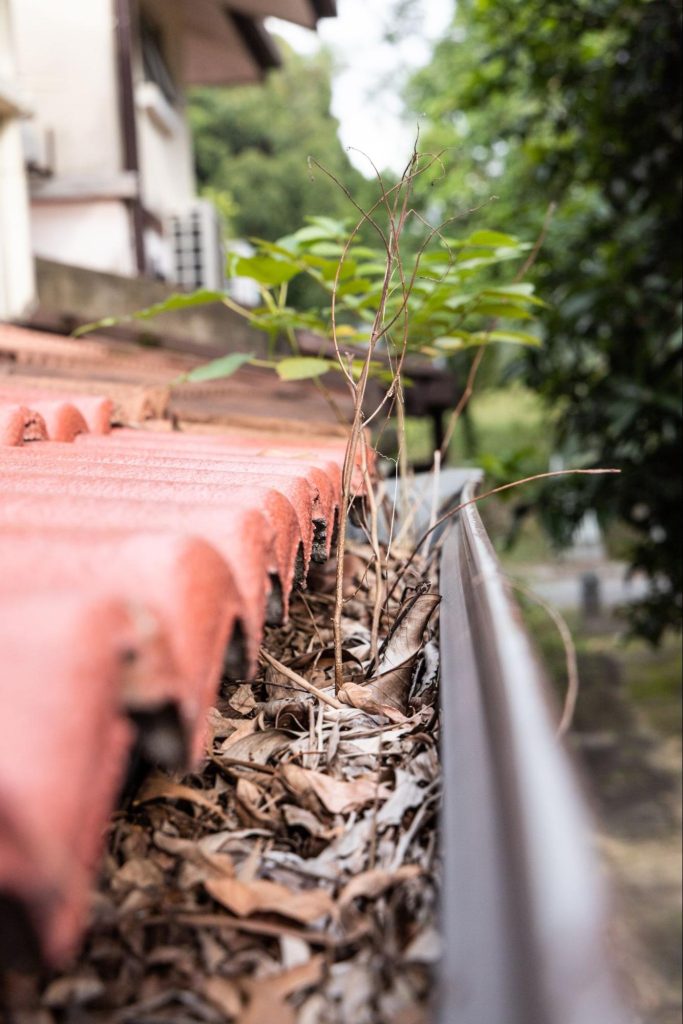Signs You Need to Call a Gutter Installer
Most homeowners don’t think about their gutters until a problem arises. Water damage, landscape erosion, or a musty basement can sneak up on you quickly. Gutters quietly protect your home, but they wear out over time. Spotting issues early can save you from major repairs. Signs It’s Time to Contact a Gutter Installer Most gutter problems don’t announce themselves right away. You might not notice anything until water stains appear or landscaping erodes. What feels like a minor issue now could end up costing thousands later. Call a Gutter Installer to Prevent Costly Water Damage Gutters direct rainwater away from your home’s foundation. When they fail, water collects where it shouldn’t, leading to basement flooding, cracked concrete, and mold growth. A gutter installer can assess the system and prevent long-term damage. Water Pooling Near Your Foundation Water collecting near the base of your home is a red flag. It means your gutters aren’t doing their job, and soil erosion or concrete cracking may have already occurred. This type of water damage is not always visible at first. A professional gutter installer can quickly diagnose the issue. Basement Dampness or Flooding A damp basement isn’t always caused by plumbing. Faulty gutters often redirect water down the walls and into the basement. You might notice musty smells, mold, or mildew. These are signs that moisture is sneaking in. An installer can reroute runoff and protect the structure below. When Gutters Are Sagging or Detached Gutters that pull away from the roof are aesthetically unappealing and functionally inadequate. They can’t catch or drain water effectively, which, over time, causes overflow, siding stains, and damage to wood trim. A gutter installer can reattach or replace sections that are no longer functioning properly. Gutter Sections Pulling Away From the Roofline Loose or sagging gutters often result from worn brackets or wood rot. It creates gaps where water escapes and pools against your siding. During heavy rain, water can overflow and hit your home’s foundation. If left unchecked, this can lead to bigger problems. Immediately calling a gutter installer prevents worse damage. Rust, Cracks, or Holes in the Metal Metal gutters are tough but not invincible. Rust spots and small cracks weaken the entire structure, and these flaws often spread faster than expected. What starts as a pinhole can widen into a leak. An installer can replace damaged sections or recommend a complete system upgrade. When Gutters Overflow in Normal Rain Gutters should be able to handle moderate rain without overflowing. If water spills over the sides frequently, something is wrong. Either there’s a blockage, or the slope is off. Gutter installers pinpoint the reasons why your gutters can’t drain quickly enough. Blocked or Clogged Gutters Leaves, twigs, and roof grit can block water flow. When downspouts clog, water backs up and overflows. It can rot fascia boards and leak into your walls. Seasonal cleaning may help, but if clogs return fast, the problem goes deeper. A gutter installer can upgrade or adjust the system to improve its performance. Incorrect Gutter Slope or Alignment Gutters need the right pitch to carry water toward the downspouts. Even a slight misalignment can cause overflow. Water sits in the gutter, rusts the metal, and attracts pests. Many older homes have outdated systems that sag over time. A professional can realign or install new gutters that drain properly. When Gutters Are an Eyesore Your gutters significantly impact the appearance of your home. Old, bent, or peeling gutters can significantly harm curb appeal and suggest underlying issues, such as leaks or mold. A gutter installer can refresh your home’s look while fixing drainage issues. Peeling Paint or Mold on Exterior Walls If you see streaks or peeling paint on the siding, it could indicate water overflowing. Gutters may leak down the walls during storms. This moisture fosters the growth of mold and mildew. The longer it stays damp, the worse it gets. An installer can seal or replace faulty sections. Faded or Warped Gutters That Ruin Curb Appeal Old gutters often look dull, dented, or warped. They may sag or have mismatched parts from patch jobs, which can drag down your home’s visual appeal. Replacing them with clean, seamless gutters makes a big difference. A new system improves both function and appearance. Call a Gutter Installer When You’re Constantly Repairing Minor gutter repairs every few months add up. Fixing leaks, patching seams, or replacing hangers gets old fast. A gutter installer can provide a permanent solution. They look at the big picture, not just one cracked section. Frequent DIY Fixes That Don’t Hold Up If you’ve sealed the same leak twice, it’s time to call in help. Some damage is beyond patching, especially with aging materials. DIY repairs may temporarily stop leaks but won’t address the underlying issues. Water might still find its way elsewhere. A gutter installer knows how to fix it for good. Old Gutter System Past Its Lifespan Most gutters last about 20 years. After that, seams split, brackets fail, and corrosion takes over. If yours are showing signs of age, they probably need replacement. An installer can suggest modern systems that last longer. This investment protects your whole home. Call a Gutter Installer When You Upgrade Your Roof Roof and gutter systems work together. A new roof can significantly impact how water flows, and if your gutters are old, they may no longer match the roof’s size or style. A gutter installer helps make sure everything works as one. Roof Replacement Calls for Updated Drainage After replacing a roof, the gutters sometimes stop draining properly. Shingles might be longer, or water may flow faster than before. If your system can’t keep up, overflow becomes a problem. A gutter installer can check compatibility and recommend updates. Matching systems prevent future headaches. Gutters That No Longer Match Roof Size or Style A steep roof sheds more water quickly, so wide gutters or more downspouts might be needed. Your old system may not be designed for the new roof’s









